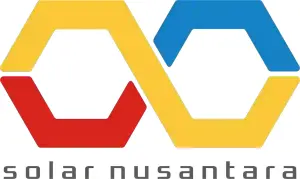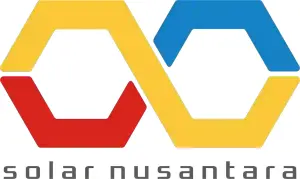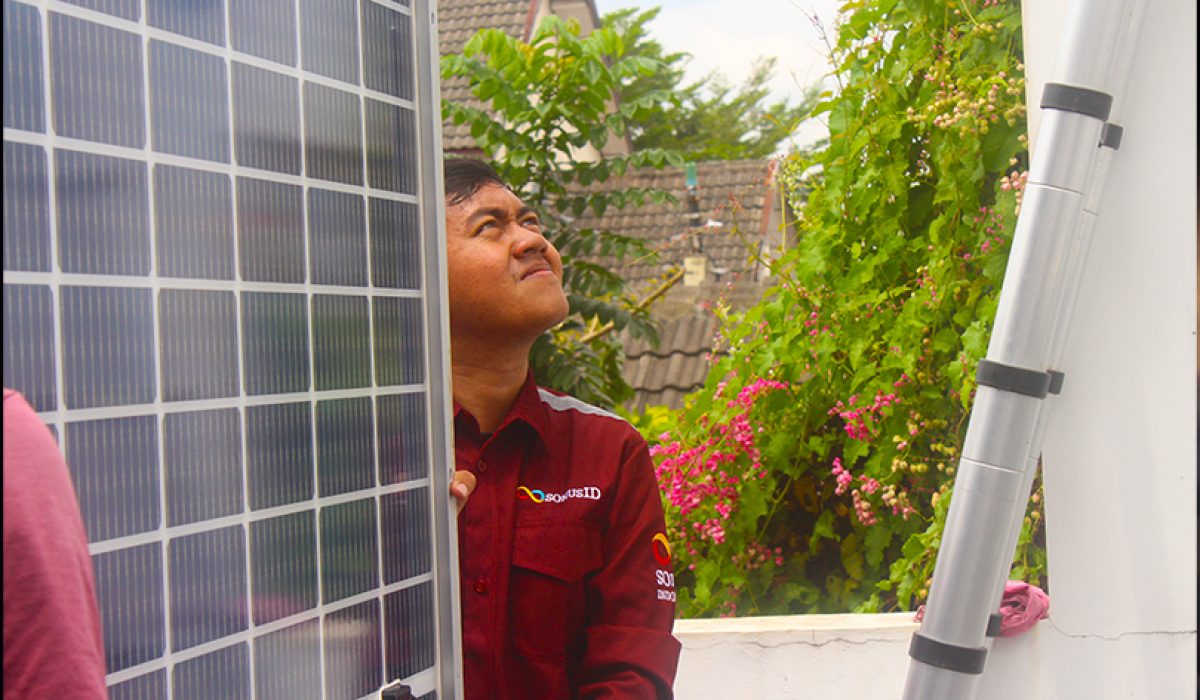"Go Green": A Brief History of the Environmental Movement
“Going green” is a term used to describe eco-friendly practices, products, or habits. It is also often used to refer to actions that reduce a person’s negative impact on the environment. The term first emerged in the 1970s, soon after environmentalism became a significant social, political, and economic movement. Environmental enthusiasts advocated policies such as recycling and sustainable energy and often referred to themselves as “green.”
In the early 1980s, the Office of Environmental and Scientific Affairs of the United States International Development Cooperation Agency used the phrase “Going Green” in a project called the “Going Green Project.” This project was part of the Reagan administration’s foreign aid policy.
The phrase “going green” itself was used to refer to various initiatives and practices intended to minimize the negative impact of human activities on the natural environment, such as recycling and sustainable energy. In 1984, Orville Lloyd Stowe, an American environmentalist, coined the term “going green” to describe the movement towards sustainability.
Initially, the term “going green” was often associated with recycling, using eco-friendly cleaning products, and driving hybrid cars. However, it can also be associated with paying less for energy.
In 2006, the US Environmental Protection Agency launched the Green Home Initiative and began publishing the “Green Home Index” every year to measure progress in assessing how well homes and buildings conserve energy, water, and money during renovation or construction. Using this index, the US Green Building Council (USGBC) has issued ratings for more than 8,500 buildings in 37 states and six cities (including Washington, DC). In addition to the rating given to each building, the USGBC provides a description of the methodology used to evaluate the building.
The USGBC also publishes a list of the 100 most energy-efficient buildings in North America, which gives a little more detail about how they rated them. These buildings are evaluated based on five different factors: construction, energy use, indoor air quality, water efficiency, and material use.
When a building is constructed, it is given a score to indicate its energy use, called the EQIS score. This score can be used to compare building efficiency and make them more sustainable. The higher the score, the more environmentally beneficial the building’s construction is. When you visit ENERGY STAR websites like www.energystar.gov or the US Environmental Protection Agency website to calculate energy use in your home, you’ll see a star rating from 0 to 100 and an ENERGY STAR score for buildings or homes listed there. The higher the score, the greener the energy use.
The ENERGY STAR score is a ranking from 0 to 100 that combines various building-specific energy efficiency metrics, including the amount of energy consumed per square foot, the amount of air leakage in the home or building, and other information that can be used to measure how much a building contributes to greenhouse gas emissions.
There are many ways to make your home more environmentally friendly. One of the most important things to do is to make sure you have an efficient water heater. You can also use dishwashers or washing machines with energy-saving settings. Additionally, you should install a programmable thermostat and seal leaks around doors and windows. Finally, you can use CFL light bulbs and turn them on with a timer so that they only come on when needed.
In conclusion, going green is not just a trend, but a necessity for our planet’s survival. We have the power to make a difference in our daily lives by implementing small changes that can have a big impact on our environment. Let us all strive to be mindful of our actions and strive towards a sustainable future for ourselves and future generations. Remember, every small step towards a greener lifestyle counts. Let’s all work together to protect our beautiful planet and make it a better place for all living beings.
In conclusion, going green is not just a trend, but a necessity for our planet’s survival. We have the power to make a difference in our daily lives by implementing small changes that can have a big impact on our environment. Let us all strive to be mindful of our actions and strive towards a sustainable future for ourselves and future generations. Remember, every small step towards a greener lifestyle counts. Let’s all work together to protect our beautiful planet and make it a better place for all living beings.


